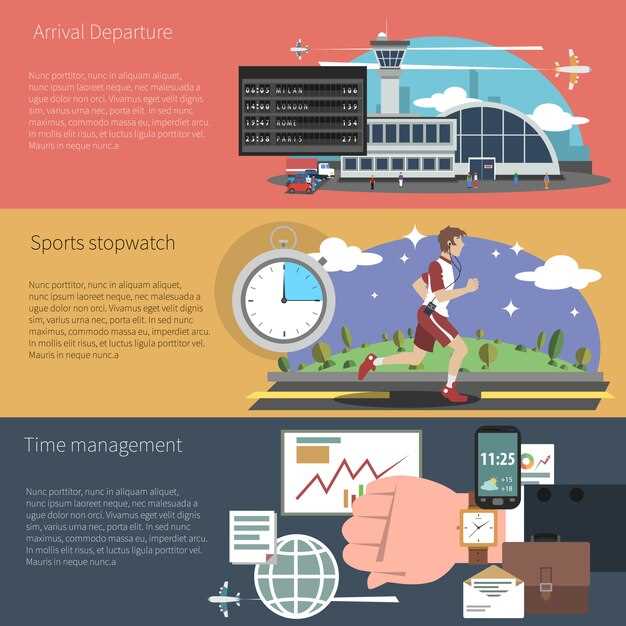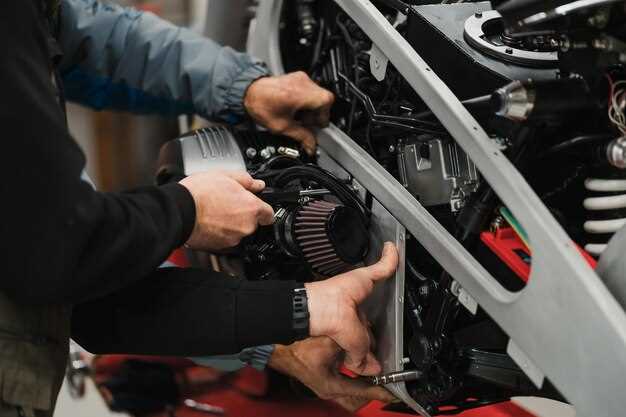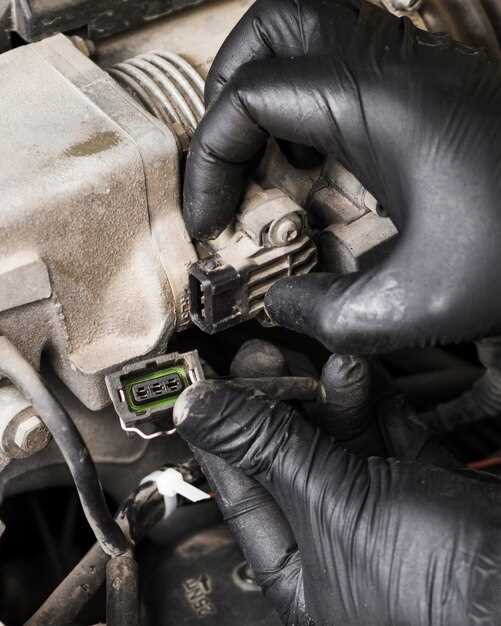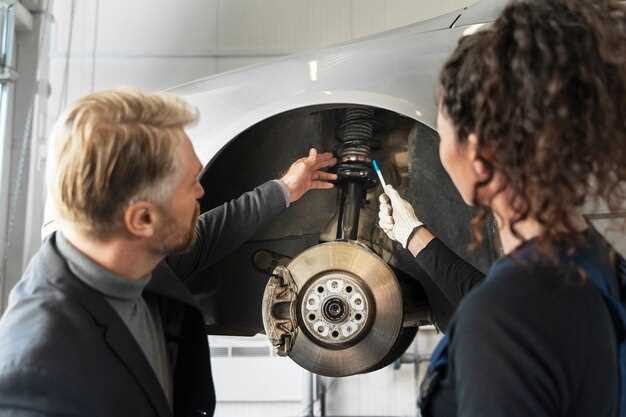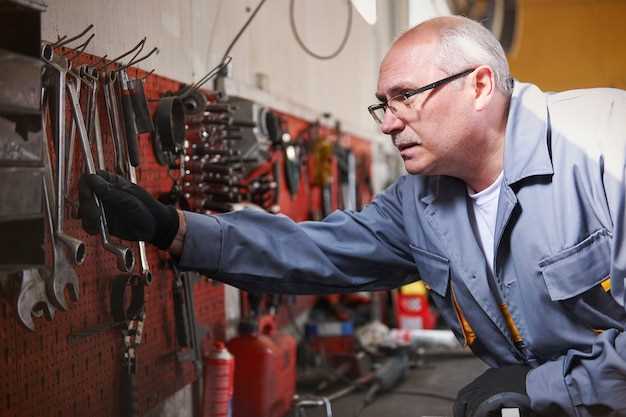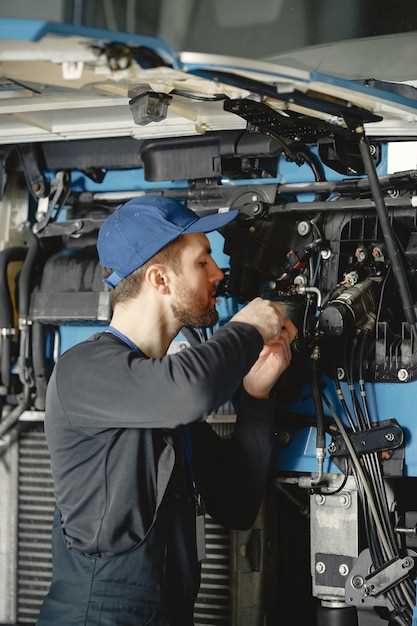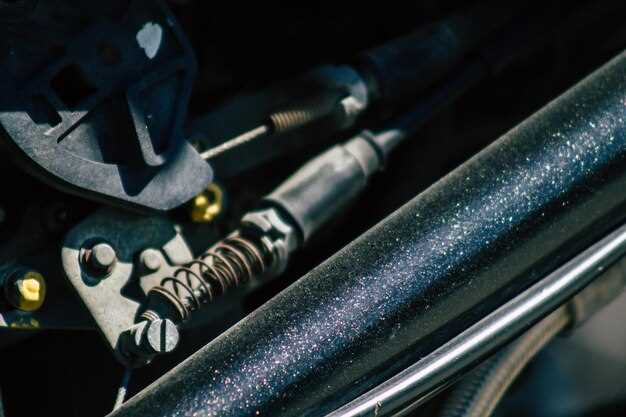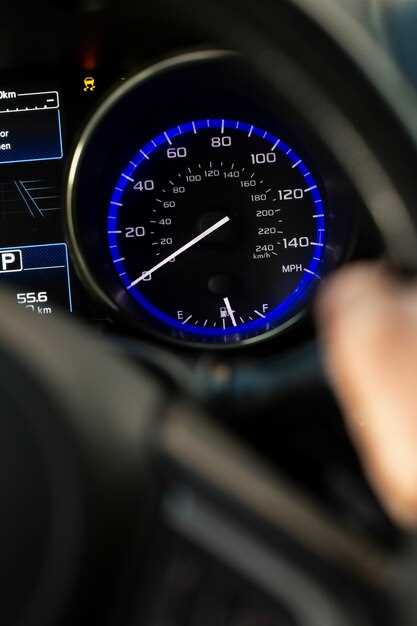
Building a track car on a budget may seem like a daunting task, but with careful planning and resourcefulness, it can be a rewarding experience. The thrill of navigating tight corners and accelerating down straightaways is within reach for any enthusiast who is willing to explore cost-effective solutions. This guide aims to provide you with practical advice and actionable tips to create a performance-oriented vehicle without breaking the bank.
The first step in your journey is to choose the right base car. Look for vehicles that are known for their performance potential and availability of aftermarket parts. Popular options include models from brands such as Honda, Ford, and BMW. These cars not only boast a strong community and resources for modifications but also possess the durability needed for the rigors of track use.
Once you have selected your vehicle, the focus shifts to essential modifications that enhance performance while keeping costs low. Prioritize upgrades that improve safety and handling, like installing a quality suspension kit and upgrading the tires for better grip. Additionally, reducing weight by removing non-essential components can significantly enhance your car’s track capabilities. With the right approach, you can create a competitive vehicle capable of thriving on the track without overspending.
Choosing the Right Base Car for Budget Track Racing

Selecting the right base car is crucial for effective budget track racing. A well-chosen vehicle can enhance performance, reliability, and overall experience without breaking the bank. Here are key factors to consider when making your choice:
- Cost of Purchase: Look for affordable options in the used car market. Popular models often have lower prices due to their availability.
- Performance Potential: Research vehicles known for their track capabilities. Consider cars with a reputation for being easily modifiable.
- Weight and Size: Lighter cars typically offer better handling and acceleration. Compact models might be advantageous on tighter tracks.
- Aftermarket Support: Choose a car with a strong aftermarket community. Availability of performance parts is essential for upgrades and repairs.
- Reliability: Opt for models known for their durability and long-lasting performance to minimize repair costs and downtime.
- Engine Type: Evaluate different engine configurations. Four-cylinder engines generally have lower weight and cost, while V6 or V8 can offer more power.
Next, consider the following popular options that align with the above criteria:
- Honda Civic: Renowned for its lightweight and extensive aftermarket options, the Civic is a favorite in the budget track community.
- Ford Mustang: The Mustang, especially the older models, offers power and a wide range of performance parts at reasonable prices.
- Mazda Miata: This small, lightweight sports car excels in handling and has a strong enthusiast following, ensuring parts availability.
- Subaru BRZ / Toyota 86: These models offer a balanced chassis and rear-wheel drive, making them excellent for track use.
- Nissan 240SX: A popular choice among drifters and track racers, praised for its rear-wheel-drive layout and modification potential.
It’s advisable to test drive potential vehicles to assess comfort, handling, and personal preference. The right car should not only meet performance goals but also fit your driving style and budget.
In conclusion, thorough research and consideration of your individual needs are essential when choosing a base car for budget track racing. Prioritize reliability, performance potential, and community support to build a successful track car within your budget.
Cost-Effective Modifications to Enhance Track Performance
To maximize track performance without breaking the bank, several cost-effective modifications can be implemented. These enhancements focus on improving handling, reducing weight, and optimizing power delivery, which are crucial for competitive driving.
One of the first modifications to consider is upgrading the tires. A good set of performance tires can dramatically enhance grip and stability. Look for options that provide a balance of durability and grip for track use. Additionally, ensuring that the tires are properly inflated before each session can further improve their performance.
Next, consider upgrading the suspension system. Budget-friendly options include installing new coilovers or a set of performance shocks and struts. These improvements help lower the ride height and reduce body roll, ultimately providing better handling during high-speed cornering.
Weight reduction is another impactful modification. Removing unnecessary interior components, such as rear seats, spare tires, and sound deadening material, can significantly lower the car’s overall weight, enhancing acceleration and braking performance. This can often be achieved without major expense, making it an efficient way to increase speed on the track.
Improving brake performance is crucial for track day success. Upgrading to better brake pads and performance rotors can offer increased stopping power and fade resistance. Look for brands that specialize in performance parts for cost-effective solutions that don’t compromise safety.
Another modification to consider is a performance air intake system. This can improve engine airflow, resulting in marginal gains in horsepower and responsiveness. Alternatively, a cat-back exhaust system can reduce back pressure and enhance exhaust flow, contributing to better acceleration and engine sound without requiring a significant financial investment.
Lastly, tuning the vehicle’s engine through a reflash or chip can yield additional horsepower and torque. Many budget-friendly options are available which provide significant gains without requiring extensive modifications. Proper tuning can ensure that the vehicle is running efficiently and effectively, optimizing its performance on the track.
By implementing these cost-effective modifications, you can significantly enhance your track car’s performance without stretching your budget. Prioritize improvements based on your specific needs and track conditions to maximize your racing experience.
Preparing for Race Day: Essential Tips and Budget Considerations

Race day preparation is crucial for maximizing performance and ensuring a smooth experience. Start by establishing a clear budget that encompasses all necessary expenses, including entry fees, transportation, fuel, and maintenance. Allocate additional funds for unexpected repairs or last-minute purchases to avoid financial stress on the day of the event.
Begin with a thorough vehicle inspection. Check fluid levels, tire conditions, brake systems, and all mechanical components to guarantee safety and optimize performance. It’s advisable to perform routine maintenance, such as oil changes, spark plug replacements, and brake pad inspections, before race day. Consider doing minor upgrades like lightweight components if they fit within the budget, as they can enhance performance.
Plan your travel logistics in advance. Determine the best route to the track, allowing for potential delays. Make arrangements for overnight accommodations if needed, as it’s often more cost-effective to book in advance. Calculate the fuel costs based on distance and your vehicle’s consumption rates to prevent budget overruns.
Prepare a checklist of essential items to bring on race day. Tools for basic repairs, spare parts, tire pressure gauges, and a first-aid kit are vital. Stock your vehicle with snacks, water, and anything else that might keep you energized and focused. Remember to have necessary safety gear, such as a helmet, racing suit, and gloves, as these are often mandatory.
Lastly, familiarize yourself with the event’s rules and schedule. Understanding the track layout, defining your practice times, and knowing the event timeline can significantly reduce stress. Arrive early to allow ample time for setup and acclimatization. Effective preparation sets the stage for a successful race day experience.




